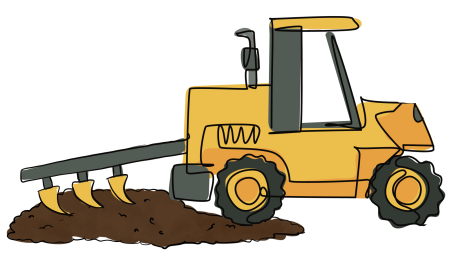
The Highlights:
-
Blend compost with mineral soil to create landscaping soil and turf
-
Compost improves holding capacity of water in the soil
Compost can be blended with mineral soil components to create landscape and turf grade topsoil. On site, the use of compost can reduce the costs of topsoil installation significantly, with substandard soil components able to be reused, with subsoils, sands, rock dusts, being able to be turned into landscape, turf, and agricultural soils. Additionally, adding compost will increase a soil’s water-holding capacity, possibly doubling it in sandy or lighter soils, and improve the porosity of clay-based soils. The need for pH adjusting mediums (like lime, sulfur, or gypsum) may be eliminated entirely.
Off site, the process for incorporating compost in topsoil includes ensuring that there are no physical contaminants within the soil, testing for pH levels, soluble salts, organic matter content, and any other aspect of the soil which may be toxic for plants. These topsoil piles are then placed close to a compost pile, and then blended at around 33%, and in some cases if the soil is particularly low grade, up to 50%. After mixing the soil and compost, age the mixture for about 2-3 weeks. Before selling or using the soil, perform a soil test to ensure your soil quality is up to your standards. For both on site and off site use, compost will be great for reducing or removing the use for pre-plant fertilization.
Some of the information in this article came from the Compost Research & Education Foundation's Compost Use Applications - A Return on Investment (ROI) factsheets. The full set of factsheets can be found here.

